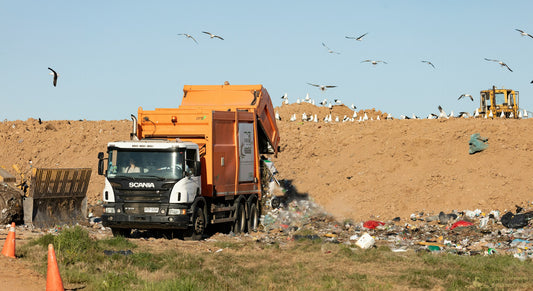Share
Satellite Sightings Support Toxic Algae as Cause of Mass Elephant Die-off:
What happened to kill 350 African elephants in Botswana in 2020? New research points a trunk finger (so to speak) at climate change, revealing that these pachyderms likely fell victim to toxic algae in their watering holes.
Gathering the Clues: The Mass Elephant Mystery:
The King's College London-led study made use of satellite data to monitor algal blooms, showing that the elephants were likely poisoned after consuming water from pools where toxic blue-green algae had multiplied due to climate change. These poor elephants drudged an average of 16.5 km from these lethal watering holes, succumbing tragically within about 88 hours of exposure.
A Closer Look at the Severity of Climate Change:
The research spotlights the shocking havoc that extreme weather can wreak on animal populations and ecosystems. With Botswana housing a third of all African elephants, the occurrence paints a grim picture of what lies ahead if we don't address climate change. The drastic shift from an arid 2019 to a saturated 2020 launched an explosion of toxic algae, devastating Botswana's elephant population.
Future Steps Employing Satellite Surveillance:
While this large-scale elephant die-off is gut-wrenching, this research is also a beacon, highlighting the importance of comprehensive water quality surveillance. Satellite imagery proved highly efficacious in identifying sources of contamination, allowing for prompt intervention when similar environmental threats emerge.
This collaborative investigation, involving various respected scientific institutions, underscores the severe ecological consequences of toxic algal proliferation. Nothing demonstrates the need for expanded Earth observation applications more than an event of this magnitude, alerting us to potential risks before they evolve into irreversible tragedies. Not only is satellite surveillance a wonder of modern technology, but it also has promising applications in preserving natural wonders like Botswana's elephants.
What happened to kill 350 African elephants in Botswana in 2020? New research points a trunk finger (so to speak) at climate change, revealing that these pachyderms likely fell victim to toxic algae in their watering holes.
Gathering the Clues: The Mass Elephant Mystery:
The King's College London-led study made use of satellite data to monitor algal blooms, showing that the elephants were likely poisoned after consuming water from pools where toxic blue-green algae had multiplied due to climate change. These poor elephants drudged an average of 16.5 km from these lethal watering holes, succumbing tragically within about 88 hours of exposure.
A Closer Look at the Severity of Climate Change:
The research spotlights the shocking havoc that extreme weather can wreak on animal populations and ecosystems. With Botswana housing a third of all African elephants, the occurrence paints a grim picture of what lies ahead if we don't address climate change. The drastic shift from an arid 2019 to a saturated 2020 launched an explosion of toxic algae, devastating Botswana's elephant population.
Future Steps Employing Satellite Surveillance:
While this large-scale elephant die-off is gut-wrenching, this research is also a beacon, highlighting the importance of comprehensive water quality surveillance. Satellite imagery proved highly efficacious in identifying sources of contamination, allowing for prompt intervention when similar environmental threats emerge.
This collaborative investigation, involving various respected scientific institutions, underscores the severe ecological consequences of toxic algal proliferation. Nothing demonstrates the need for expanded Earth observation applications more than an event of this magnitude, alerting us to potential risks before they evolve into irreversible tragedies. Not only is satellite surveillance a wonder of modern technology, but it also has promising applications in preserving natural wonders like Botswana's elephants.
We hope you enjoyed this article. Please feel free to leave a comment below if you want to engage in the discussion.
If you want to read more like this, make sure to check out our Blog and follow us on Instagram. If you are interested in truly sustainable products, check out our Shop.
Check out the original source here.








